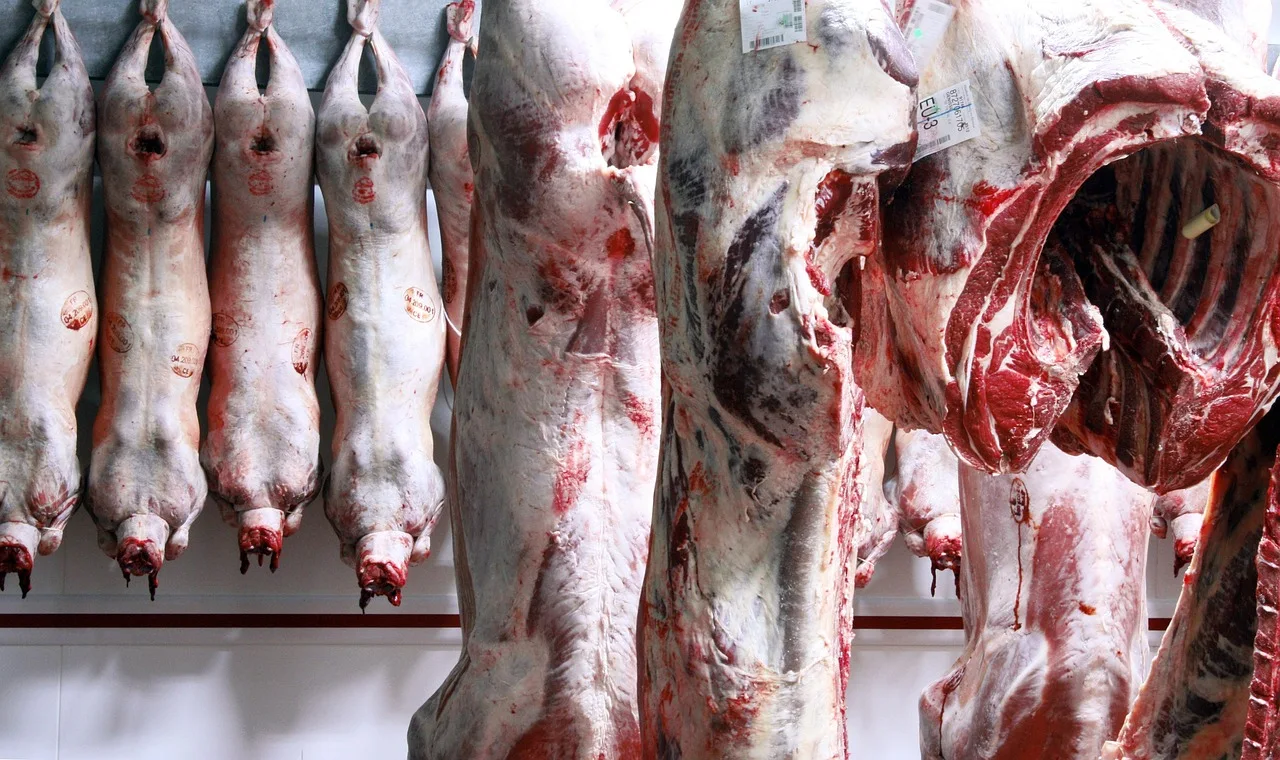The dollar's exchange rate fell 8% in 2025, generating strong complaints from the export sector about a possible exchange rate lag. The government denies this assessment and defends inflation control as the basis of its monetary policy.
The dollar's exchange rate is worrying Uruguayan producers, who are demanding action from the government.
The dollar's exchange rate in Uruguay has fallen 8% so far in 2025. Although there was a slight rebound in the first weeks of July, the currency's price remains far from the levels that caused concern at the beginning of the year. This trend has already raised alarm in several sectors, especially among exporters and producers, who are denouncing an "exchange rate lag" and calling on the government to take measures to protect competitiveness.
The ruling party, however, denies the existence of such a delay. This was stated by the president of the Central Bank of Uruguay during a conversation with economic journalists. He explained that the country no longer lives under the historical conditions that gave meaning to this concept.
In his speech, the head of the Central Bank of Uruguay maintained that talking about exchange rate lag was valid decades ago, when inflation soared and the dollar lagged behind. But today the outlook has changed. Inflation in Uruguay has been under control for more than two years. In fact, the Consumer Price Index has remained within the target range defined by economic policy, between 3% and 6%, for the past 25 months.
The price increase in Uruguay is under control
In this context, the Central Bank president argued that it cannot be said that the exchange rate is misaligned with domestic prices. "That was Uruguay in the 1970s, 1980s, and 1990s. Today, inflation is stable and at international levels," he noted. He also noted that the government's goal is to approach 4.5% annual inflation, which, he said, is being successfully achieved.
Regarding the relationship with other currencies, he explained that while the Uruguayan peso appreciated against the dollar, it did not appreciate to the same extent against the rest of the currency basket. Therefore, when measured overall, the overall appreciation is low.
However, the private sector's perception is very different. Representatives of the agribusiness and export sectors insist that the country's prices are expensive in dollars. In recent statements, the Rural Federation affirmed that this is not a semantic debate. For them, the rising price of inputs in pesos in response to the falling dollar is directly affecting profit margins.
One of the central arguments is that the sector's revenues are generated in foreign currency—from sales abroad—but domestic costs remain in pesos. This imbalance, they point out, generates a loss of profitability and reduces competitiveness compared to producers in other countries.
The Exporters' Union added that the situation is even more difficult for those with a cost structure dominated by the peso. This is exacerbated when comparing local trends with those of neighboring countries. The gap, they warn, has left Uruguay at a disadvantage.
Although the private sector acknowledges the efforts to control inflation and maintain price stability, they warn that this policy generates costs that fall on those who produce and sell abroad. They even admit that they have tried to improve their efficiency, but that the benefits of these improvements are often diluted by the impact of the exchange rate.
The debate remains open. On the one hand, the government advocates a firm monetary policy based on inflation targets and a benchmark interest rate. On the other hand, export sectors warn that this same policy is creating a scenario where production and competition are becoming increasingly difficult.


.png)







